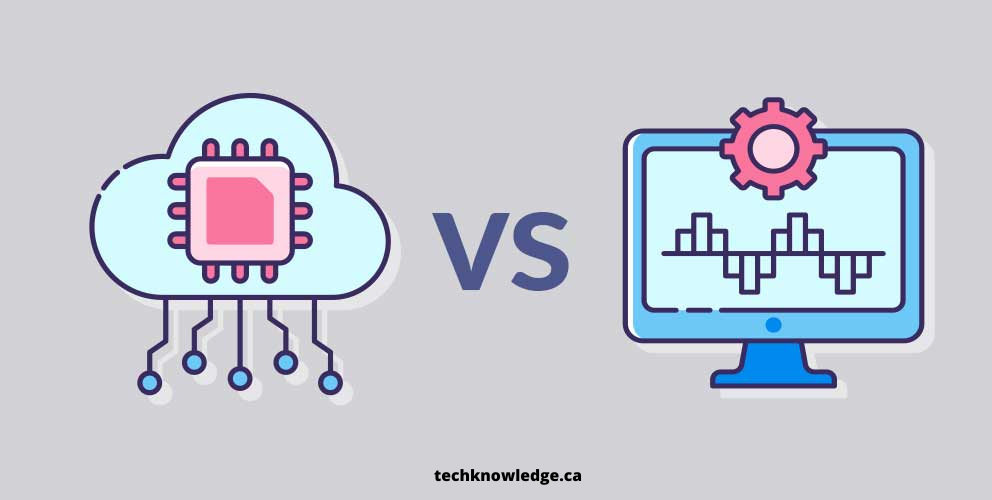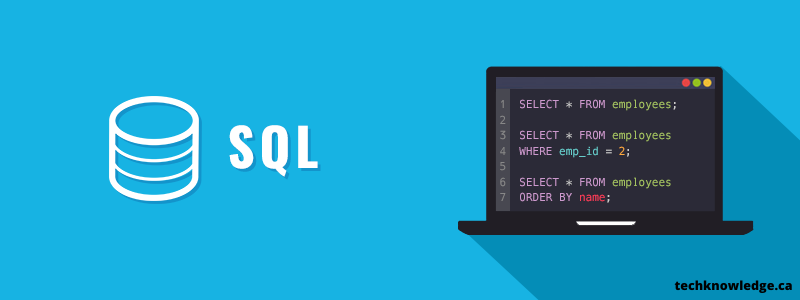Difference Between Data Analytics and Data Sciences

What is Data Extraction?
April 10, 2018
How Can SQL be used in business?
April 30, 2022DATA ANALYTICS:
The process in which we form meaningful and actionable perceptions by analyzing the data which is in raw form is called as Data Analytics.
Many companies gather data in raw form which is of almost no meaning. This is where Data Analytics provides all the necessary help. Data Analytics take out actionable insights from raw data and these insights or perceptions help and improve decision making process. As a result a data analyst extracts raw data and then organizes and analyzes it. And then transforms it from numbers which are not understandable into more intellectual information. This information is in the form of reports consisting of suggestions about what should be the next step for the company.
Data Analytics is the form of Business Intelligence which is used to solve various problems and challenges in an organization. It helps to find patterns in particular set of data which proves to be helpful for certain areas of businesses.
Data Analytics is important for many businesses as it helps them grow and increase their performance to next level. It helps them discover more efficient ways to do a task as a result cost reduces. Data Analytics also helps companies to store large amount of data. It provides insights to customer trends which as a result improves company’s services as well as products.
STEPS FOR DATA ANALYSIS:
~ First a data analyst checks the grouping of data and its requirements. The values of data may be in numbers or separated by categories.
~ Second step is to collect the data which can be done through various sources. For instance, online source, camera, or computers.
~ The data is organized and then analyzed after it gets collected.
~ In the last step all the errors are removed from the data. Errors can be duplication of data or the data maybe incomplete.
DATA SCIENCES:
Data science deals with humungous amount of data. It uses a large number of tools and procedures to uncover patterns and provide information which proves to be very helpful. And also help businesses make improved decisions. The data is presented in different type of formats and is derived from various sources.
LIFECYCLE OF DATA SCIENCE:
Capture:
Data Acquisition, Data Entry, Signal Reception and also Data Extraction. In this first stage a data scientist collects raw data which is either structured or unstructured.
Maintain:
Data Warehousing, Data Cleansing, Data Staging, Data Processing and Data Architecture. In this stage data is transformed into a form that can be used.
Process:
Data Mining, Classification, Modeling and Data Summarization. In this stage the data scientists take the data and examine its patterns to determine if it will be useful in predictive analysis or not.
Analyze:
Exploratory, Predictive Analysis, Regression, Text Mining, and Qualitative Analysis. This stage performs every different type of analysis on data.
Communicate:
Data Reporting, Data Visualization, and Business Intelligence as well as Decision Making. In this last stage the data scientist prepares all the analyses in readable forms such as graphs, charts and reports.
COMMON USES OF DATA SCIENCE:
With the help of data science we have achieved huge number of goals which were considered as difficult as well as not possible. Without the help of data science simple tasks required more energy and time just few years ago.
Following are some examples which show how data science has helped businesses create and innovate new products and made the whole world more efficient:
~ Health caring facilities
~ Automobile industry
~ Cybersecurity
~ Finance
~ Entertainment
Data Science has helped improved every field to a very large extent as a result many people are considering data science as their career choice.





1 Comment
Hi, this is a comment.
To get started with moderating, editing, and deleting comments, please visit the Comments screen in the dashboard.
Commenter avatars come from Gravatar.